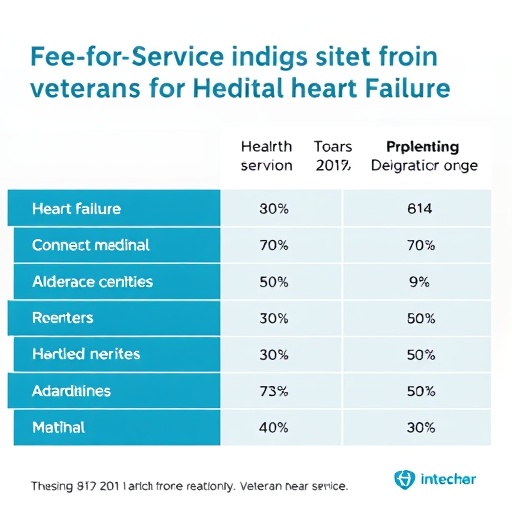A new report identifies the genetic mechanism responsible for evolutionary adaptation to toxic pollution observed in wild Atlantic killifish populations.
The Atlantic killifish is renowned for its ability to tolerate large fluctuations in temperature, salinity and oxygen levels. However, its rapid adaptation to the normally lethal levels of toxic pollution found in some urban estuaries in the US is unusual, even for such a hardy species.
A report, published today in the journal Science by a collaborative team of research institutions including the University of Birmingham, found that some populations of killifish are up to 8,000 times more resistant than others to highly toxic industrial pollutants such as dioxins, heavy metals and hydrocarbons.
The team analysed the genomes of four wild populations of pollution-tolerant killifish compared with four non-tolerant populations, to identify the mechanism behind this adaptation. They found that the genes responsible for the trait were those involved in the aryl hydrocarbon receptor (AHR) signalling pathway, which combined with observations of desensitisation of this pathway in tolerant populations, led them to conclude that the AHR pathway is a key target of natural selection.
The team also showed that the potentially negative effects of desensitisation of the AHR pathway were ameliorated through compensatory adaptations in terms of cell cycle regulation and immune system function. This, combined with the diversity of pollutants present in estuaries, results in a relatively complex adaptive genotype in wild populations compared to that of laboratory models.
Professor John Colbourne, Chair of Environmental Genomics at the University of Birmingham, who oversaw the sequencing of the genomes, said:
'This report highlights the complexity of the processes involved in the adaptation of wild fish to lethal levels of environmental pollution. It also demonstrates how the DNA of populations that differ in their susceptibility to pollutants can reveal "signatures" of the adverse effects of chemicals in the environment.
'The Atlantic killifish seem particularly well-positioned to evolve the necessary adaptations to survive in radically altered habitats, because of their large population sizes and the relatively high level of DNA diversity seen in their populations.'
The researchers warn that these findings should not be used to justify the harm caused by human pollution of the natural environment. Andrew Whitehead, associate professor in the UC Davis Department of Environmental Toxicology and lead author on the study, said:
'Unfortunately, most species we care about preserving probably can't adapt to these rapid changes because they don't have the high levels of genetic variation that allow them to evolve quickly.'
###
Media Contact
Liz Bell
[email protected]
44-779-603-3490
@unibirmingham
http://www.bham.ac.uk
############
Story Source: Materials provided by Scienmag




